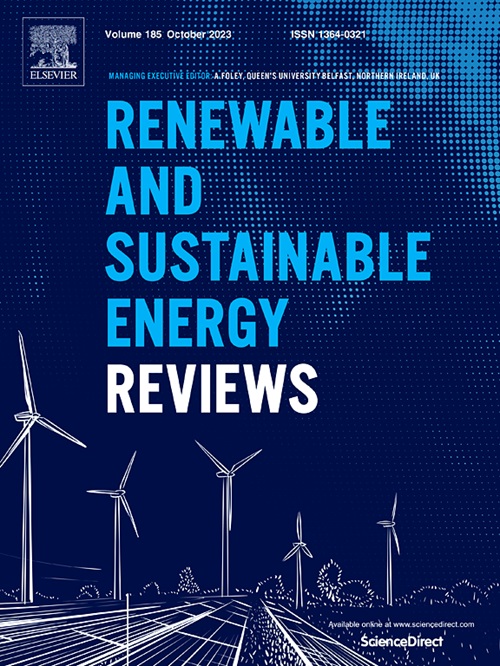Explainable artificial intelligence for energy systems maintenance: A review on concepts, current techniques, challenges, and prospects
IF 16.3
1区 工程技术
Q1 ENERGY & FUELS
引用次数: 0
Abstract
The rising demand for energy requires high investments in network extensions and renewable sources, alongside replacing inefficient systems. Smart maintenance is important in minimizing unscheduled outages, reducing costs, improving network security, and increasing equipment’s life expectancy. The vast amount of data collected by sensors and measurements in energy networks makes it hard for humans to detect failures continuously. Thanks to recent breakthroughs in AI, the energy sector has boosted the use of intelligent algorithms in this field. Despite the widespread popularity and great results of machine learning (ML) models in many applications, they are mostly nevertheless considered ”black boxes” as understanding their functionality and transparency in real-world applications is challenging. Explainable Artificial Intelligence (XAI) tackles this by making AI systems’ decision-making processes transparent and interpretable. This review paper will not only make the roadmap clear but also ensure an in-depth awareness of the challenges, opportunities, and developments associated with this path by presenting two comprehensive taxonomies. Various XAI methods are compared; as an example, our findings show that SHAP offers high trustworthiness but is less suited for real-time use, while LIME provides faster solutions with lower trustworthiness. To the best of the authors’ knowledge, this is the first survey that provides an overview of XAI methods for energy systems maintenance (ESM). It addresses challenges like integrating XAI with IoT-powered digital twins, balancing explainability with cybersecurity, and ensuring scalability while proposing solutions to enhance reliability and efficiency.

用于能源系统维护的可解释人工智能:概念、当前技术、挑战和前景综述
本文章由计算机程序翻译,如有差异,请以英文原文为准。
求助全文
约1分钟内获得全文
求助全文
来源期刊

Renewable and Sustainable Energy Reviews
工程技术-能源与燃料
CiteScore
31.20
自引率
5.70%
发文量
1055
审稿时长
62 days
期刊介绍:
The mission of Renewable and Sustainable Energy Reviews is to disseminate the most compelling and pertinent critical insights in renewable and sustainable energy, fostering collaboration among the research community, private sector, and policy and decision makers. The journal aims to exchange challenges, solutions, innovative concepts, and technologies, contributing to sustainable development, the transition to a low-carbon future, and the attainment of emissions targets outlined by the United Nations Framework Convention on Climate Change.
Renewable and Sustainable Energy Reviews publishes a diverse range of content, including review papers, original research, case studies, and analyses of new technologies, all featuring a substantial review component such as critique, comparison, or analysis. Introducing a distinctive paper type, Expert Insights, the journal presents commissioned mini-reviews authored by field leaders, addressing topics of significant interest. Case studies undergo consideration only if they showcase the work's applicability to other regions or contribute valuable insights to the broader field of renewable and sustainable energy. Notably, a bibliographic or literature review lacking critical analysis is deemed unsuitable for publication.
 求助内容:
求助内容: 应助结果提醒方式:
应助结果提醒方式:


